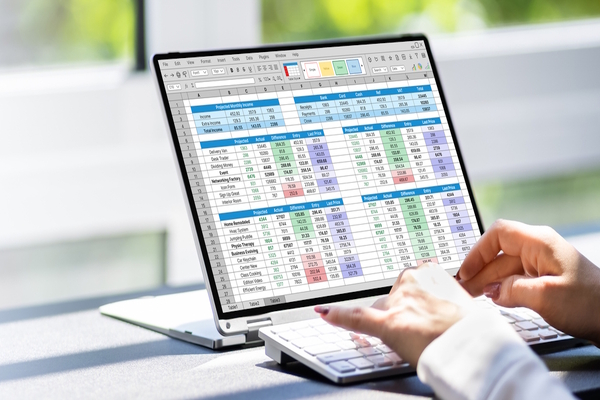How digital twins are driving the future of enterprises

Ed Granger at Orbus Software explains the benefits of dynamically mapping an entire organisation with a digital twin
Gartner predicts that the digital twin market will reach $183 billion in revenue by 2031. But where will this growth come from?
Traditionally, organisations have leveraged digital twins for high-stakes projects involving mechanically intricate systems, enabling them to track quality and product performance. For example, the creation of digital twins for assets is commonly used in manufacturing to experiment with new production techniques. It can also be utilised to operate, maintain, and repair systems without the need for a person to be physically present.
While these are valuable use cases, the applications of digital twins can go far beyond these examples to become commonplace in enterprise IT for a broader set of industries.
Digital twins of entire organisations
Digital twins of entire organisations (DTOs) are gaining momentum due to an increase in data across enterprise IT environments – from IoT integration into supply chains to business process automation. Now, with more data stemming from business and IT operations than ever, it’s possible to digitally and dynamically map the entire organisation.
However, why build a DTO?
Building a DTO provides several commercial advantages, such as accelerated and more accurate planning and better alignment of business design and planning with performance to meet desired business objectives.
A DTO allows end users to simulate a new product launch or user interface changes. Having seen their simulated outcomes within a digital twin, an enterprise can then execute these changes – or not – in the real world.
Traditionally, business and IT design has been carried out using static architecture models that existed in isolation from the tracking of business and IT performance. By combining business and IT telemetry data with enterprise architecture models for process, application, organisation or tech design, design and performance can be correlated in a way not possible before.
The business impact of DTO
Today, many enterprises face an unpredictable economic environment. Because of this, strategic plans need to remain agile - especially if market conditions diverge from historical data. To navigate this, sophisticated forecast models that can inform pivots and tweaks to strategies to respond to changing conditions are key.
Analysis of revenue drivers is a great example. Equipped with a DTO, enterprises will be able to pivot from retrospective and time-consuming data collection methods to real-time analysis and insight generation. This has the potential to shed light on variables like buying behaviour and demand signals that have been opaque to date.
DTOs are no longer abstract, futurist concepts. Changes in enterprise IT make the extraction of data from business processes increasingly viable in today’s technological landscape. This holds significant appeal for tech-savvy business leaders looking to elevate their enterprise’s end-to-end operations to new heights.
The future of DTO
However, where does a future breakout of DTOs leave enterprise architects (EAs) – those in an organisation typically responsible for designing and planning enterprise analysis to execute overall business strategies?
DTOs presents a huge opportunity for EAs. They offer new ways to communicate the importance of how an organisation’s business and technology systems are structured. Using a DTO, EAs can provide insight into matters as critical as a business’s revenue drivers and customer acquisition. EAs can drive their organisation forward by prioritising data centralisation. Adopting an approach to enterprise architecture that seamlessly integrates data from a broad spectrum of enterprise applications and services will streamline this process.
Due to the vast amount of data that is needed to make an effective DTO, AI technology will be required to extract valuable insights from the noise. However, the pace of advancements in AI and machine learning has made this technology development a very realistic expectation.
In the short term, we are likely to see more specialised use cases within the organisation, rather than a DTO for the whole enterprise at once. But in either case, as organisations recognise the importance of data-driven decisions to survive, it is a logical step to build and deploy a DTO. Those that do are undoubtedly set to gain a distinct competitive advantage in the coming years.
Ed Granger is VP of Product Innovation at Orbus Software
Main image courtesy of iStockPhoto.com and ismagilov

Business Reporter Team
Most Viewed
Winston House, 3rd Floor, Units 306-309, 2-4 Dollis Park, London, N3 1HF
23-29 Hendon Lane, London, N3 1RT
020 8349 4363
© 2025, Lyonsdown Limited. Business Reporter® is a registered trademark of Lyonsdown Ltd. VAT registration number: 830519543





